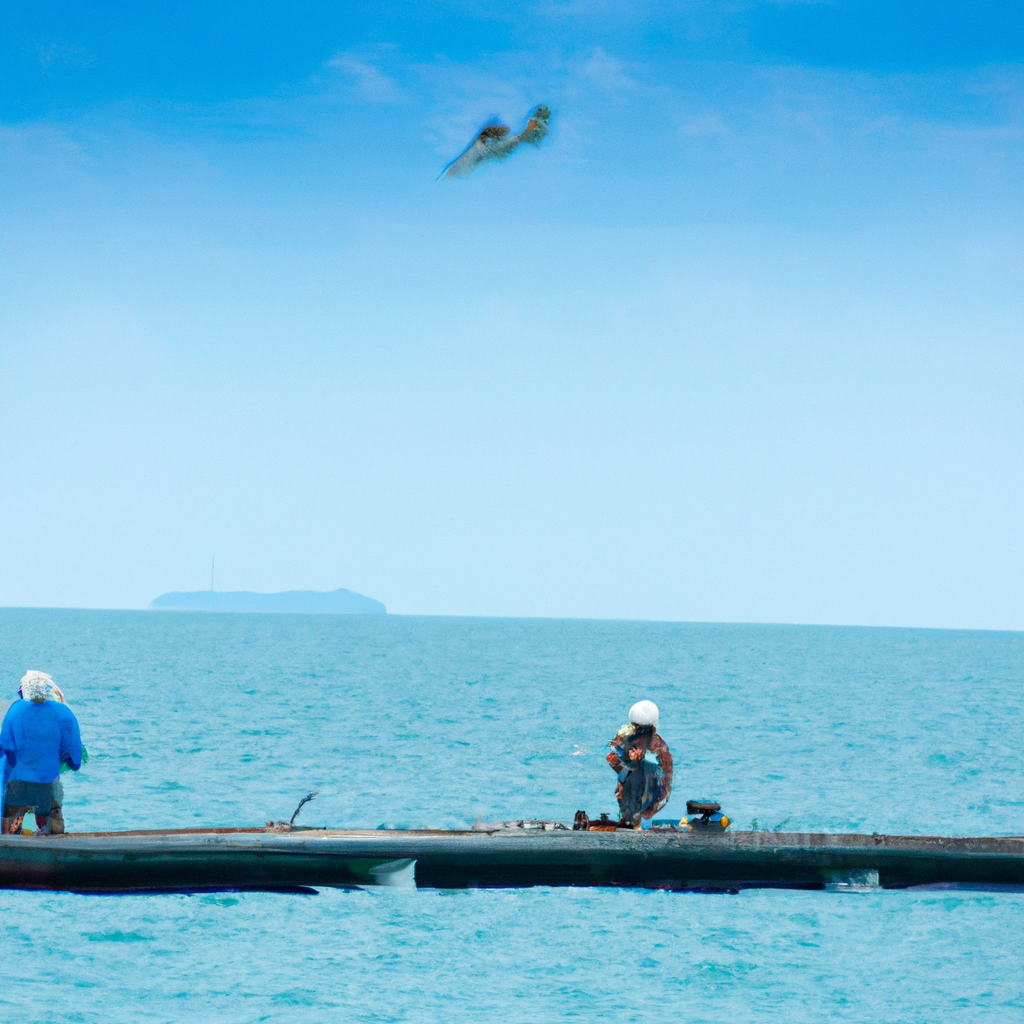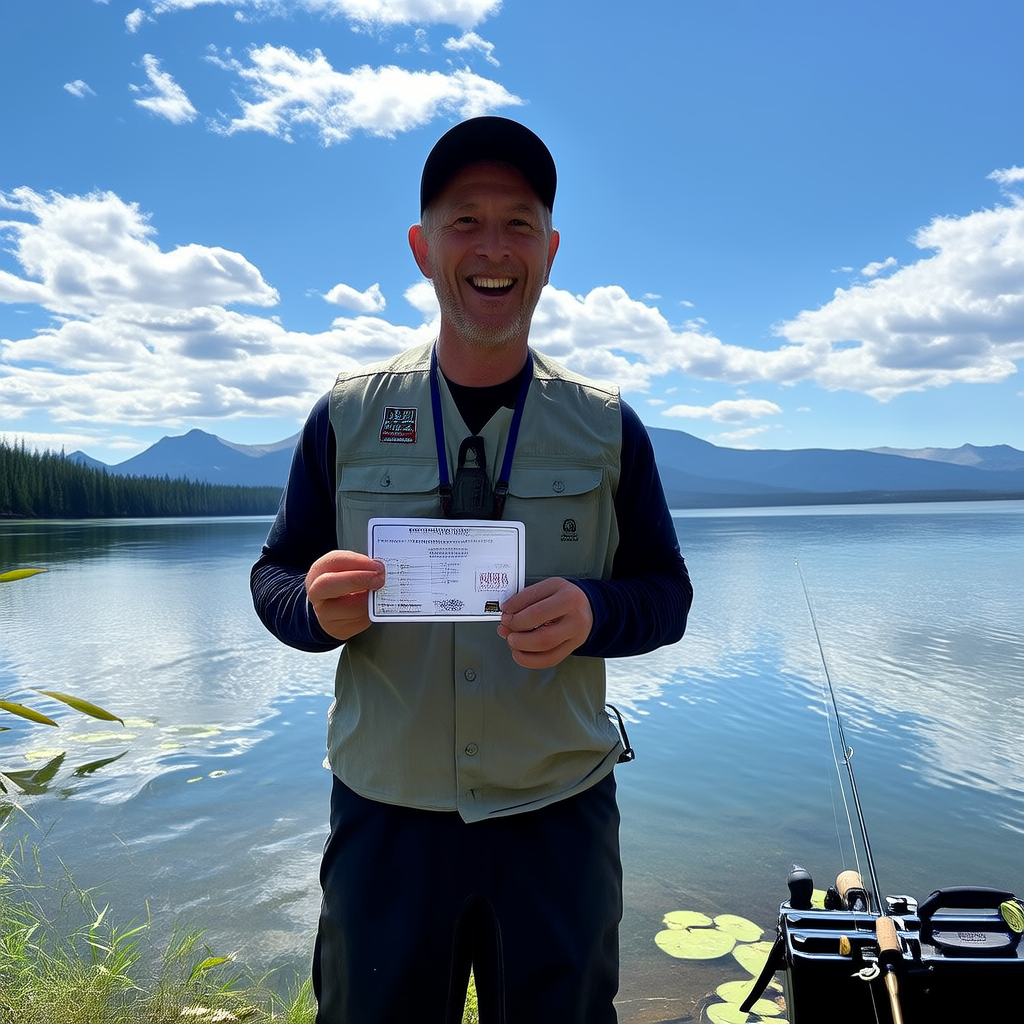A fishing permit is an official document that allows people to fish in designated areas. Fisheries management organizations enforce a requirement to control and regulate the fishing practices to ensure sustainability, protection of fish populations, and habitats.
Why Do I Need A Fishing Permit?
A fishing permit is essential for avid anglers or those who fish as a hobby. Fishing permits allow authorities to track the number of caught fish, the size of the fish population, and the impact that fishing has on the natural aquatic ecosystems. A fishing permit ensures that you fish within the legal limits, and contributes to the conservation of fish.
Types of fishing permits
Depending on the type of fishing you do and the area in which you fish, there are different types fishing permits. Some of the most common types include:
1. Recreational Fishing License
Individuals who fish for personal enjoyment or leisure are required to have a recreational fishing permit. This permit allows the holder to fish in public bodies of water such as rivers, lakes, and streams.
2. Commercial Fishing License
Commercial fishing permits are required for businesses and individuals who fish for commercial purposes. This permit allows holders to catch fish, oysters, or other aquatic species in order to sell them for profit.
3. Saltwater Fishing License
For fishing in saltwater or marine bodies, such as oceans or coastal areas, a saltwater fishing license is required. These permits are usually issued by state or national authorities to regulate fishing and protect sensitive marine eco-systems.
4. Freshwater Fishing License
Freshwater fishing permits are required for fishing in inland or non-marine water bodies, such as rivers, lakes, and ponds. These permits are often issued by state or local fisheries management agencies to monitor and manage the fishing activities in these bodies of water.
How to obtain a fishing permit
The process for obtaining a fishing license may vary depending on where you live. The following steps are generally applicable:
1. Research the Requirements
Before applying for a permit, make sure you are familiar with the requirements set forth by your local fisheries organization. These requirements can include age restrictions, residence status, and other relevant guidelines.
2. Fill out the Application Form
The form for a fishing permit can be obtained from the relevant authority. Fill out the form correctly and attach any supporting documents, such as proof of residence, identification, or payment.
3. Pay the required fees
Most fishing permits require a fee. The amount can vary depending on the type and duration of the permit. The issuing authority will provide instructions on how to pay the required fees.
4. Submit the Application
Send your completed application form along with any required documents and fees to the designated authority. Depending on the application process, you may have to submit this in person or via an online portal.
5. Awaiting processing and approval
After your application has been submitted, it will usually undergo a period of processing. The processing time may vary. You can ask the issuing authority for an estimate of the waiting period. Once your application has been approved, you will receive a fishing permit.
Fishing Permit Regulations
It is important to follow the rules and regulations of the issuing authority when fishing with a fishing permit. These regulations are intended to promote ethical fishing, protect fish populations and preserve the environment. Some of the most common fishing permit regulations include
1. Catch and Release
Many fishing permits have catch-and-release policies that require anglers to return certain fish species into the water once they are caught. This ensures that fish populations will continue to grow and future generations can enjoy fishing.
2. Size and Bag Limits
Most fishing permits stipulate size and bag limits specific to different fish species. These limits define the minimum size of fish and the number of fish an angler can keep. These limits help maintain the balance of fish population.
3. Closed season for fishing
Depending on the fishing permit, there may be specific seasons or temporary closures to protect the fish during certain times or when populations are vulnerable. To avoid penalties, it is important to be aware of and adhere to these restrictions.
4. Prohibited Baits & Fishing Methods
Some fishing permits may restrict certain baits and fishing methods that have been deemed harmful to other species or the environment. These restrictions are in place to prevent overfishing, and to minimize damage to fish habitats.
5. Reporting Requirements
Some fishing permits require anglers report their catch, or follow certain reporting procedures. Fisheries management organizations need to report catch statistics in order to monitor changes in fish population.
Benefits of a Fishing License
A fishing permit has several benefits:
1. Legal Compliance
A fishing permit allows you to comply with the laws and regulations set forth by the fisheries management organisations. You can ensure that you are fishing within legal limits, contributing towards sustainable fishing practices and avoiding fines or penalties.
2. Conservation and Fisheries Management
Fishing permits allow authorities to monitor and manage fish population, which leads to better conservation efforts. Researchers and scientists can collect valuable data about fish populations, habitats and trends. This helps them make better decisions on fisheries management.
3. Access to Restricted Areas
Some fishing permits allow access to restricted or protected areas of fishing that are not accessible without a fishing permit. These areas are often home to unique or endangered species. They provide anglers with exclusive opportunities for fishing while protecting these sensitive habitats.
4. Community Support
Purchasing fishing licenses helps fund fisheries management organisations, which in turn supports conservation projects, fish-stocking initiatives, and scientific research programs. You can actively contribute to the health of fish populations and habitats by obtaining a permit.
Conclusion
A fishing permit is required for anyone who wants to fish. It allows legal access to designated areas for fishing and ensures compliance to regulations designed to protect fish populations and habitats. By obtaining and adhering the regulations, anglers can contribute to the sustainability and conservation of fish populations. They can also enjoy the recreational benefits that fishing offers.




